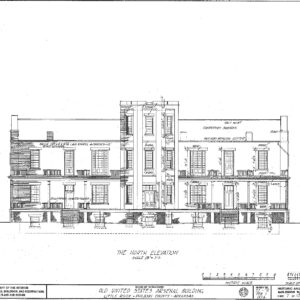 Little Rock Arsenal Plans
Little Rock Arsenal Plans
Entry Category: Arts
 Little Rock Arsenal Plans
Little Rock Arsenal Plans
Little Rock Censor Board
aka: Little Rock Board of Censors
Little Rock Central High School National Historic Site
Little Rock Fire Station No. 9
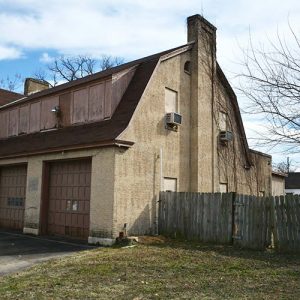 Little Rock Fire Station No. 9
Little Rock Fire Station No. 9
 Little Rock Fire Station No. 9, Front View
Little Rock Fire Station No. 9, Front View
Living Sacrifice
Lockesburg High School Gymnasium
Lockhart, James Leland
Lockwood, Robert, Jr.
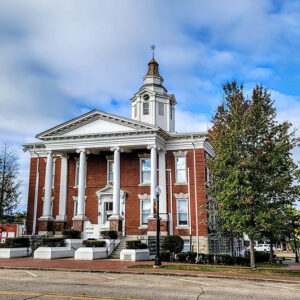 Logan County Courthouse, Eastern District
Logan County Courthouse, Eastern District
Logan County Courthouse, Eastern District
Logan County Courthouse, Southern District
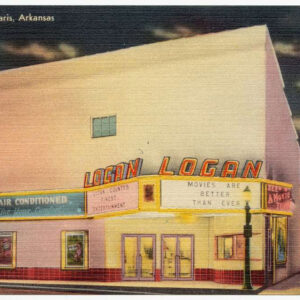 Logan Theater
Logan Theater
Long Line Rider [Song]
Lono Gymnasium
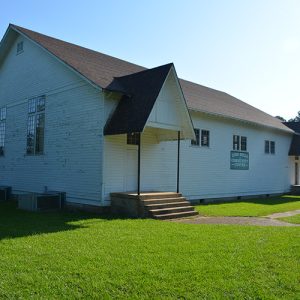 Lono Gymnasium
Lono Gymnasium
Lonoke County Courthouse
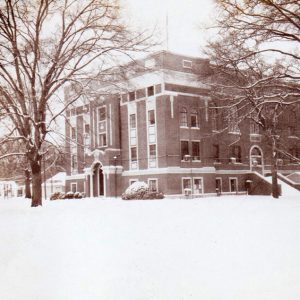 Lonoke County Courthouse
Lonoke County Courthouse
 Lonoke County Courthouse Repairs
Lonoke County Courthouse Repairs
Lonoke Rock Island Depot
Loy Kirksey House
Lum and Abner Museum and Jot ‘Em Down Store
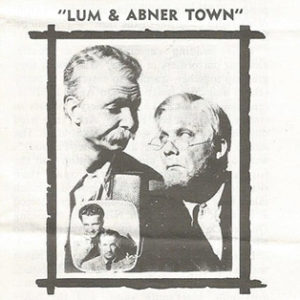 Lum and Abner Museum Brochure
Lum and Abner Museum Brochure
Lustron Houses
 Lyon House
Lyon House
Madison County Courthouse
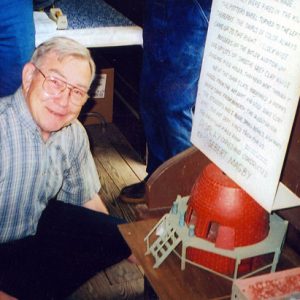 Sebert Magby
Sebert Magby
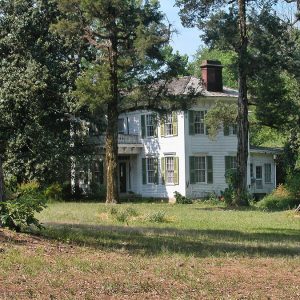 Magnolia Manor
Magnolia Manor
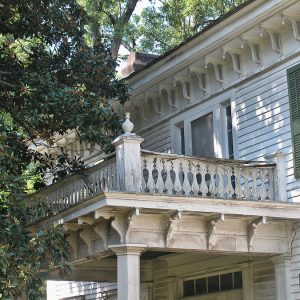 Magnolia Manor Detail
Magnolia Manor Detail
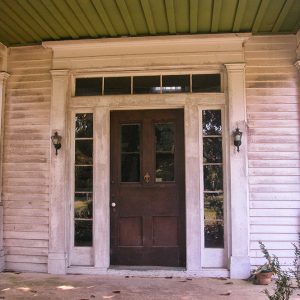 Magnolia Manor Entrance
Magnolia Manor Entrance
Magnolia Manor
 Malco Theater
Malco Theater
Malco Theatre (Hot Springs)
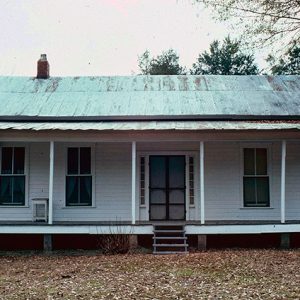 Mallett House
Mallett House
Malvern Commercial Historic District
 Malvern Commercial Historic District
Malvern Commercial Historic District
Malvern Rosenwald School
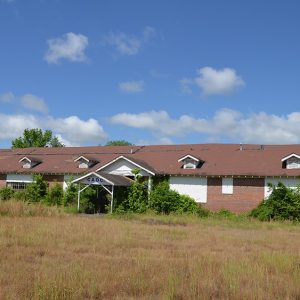 Malvern Rosenwald School
Malvern Rosenwald School
Mangrum, Jim Dandy
Mann, George Richard
Manuel, Dean
Mapes, Doris Genevieve Williamson
Marion County Courthouse
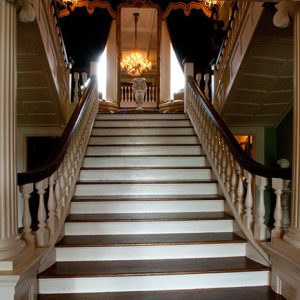 Marlsgate Interior
Marlsgate Interior
 Marlsgate
Marlsgate
Marlsgate and the Dortch Plantation
Marquette Hotel
aka: Riviera Hotel
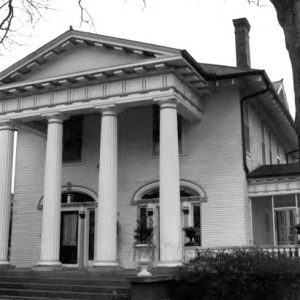 Marshall House
Marshall House




